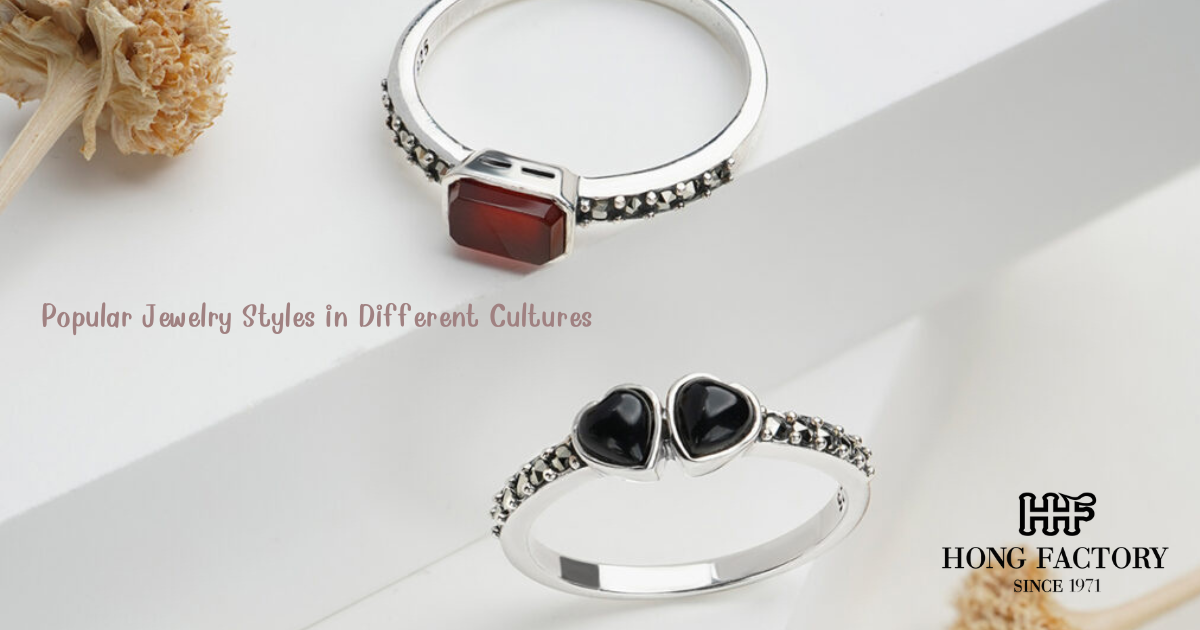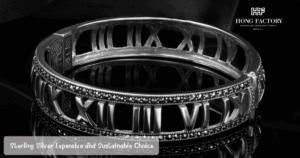Jewelry has always played a significant role in human culture, serving as a symbol of beauty, identity, and tradition. Across the world, different cultures have developed unique jewelry styles that reflect their history, beliefs, and artistry.
From ornate gold pieces in India to minimalist designs in Scandinavia, cultural jewelry is more than an accessory—it is a form of storytelling. This article explores popular jewelry styles across different cultures and highlights their meaning in today’s fashion. 925
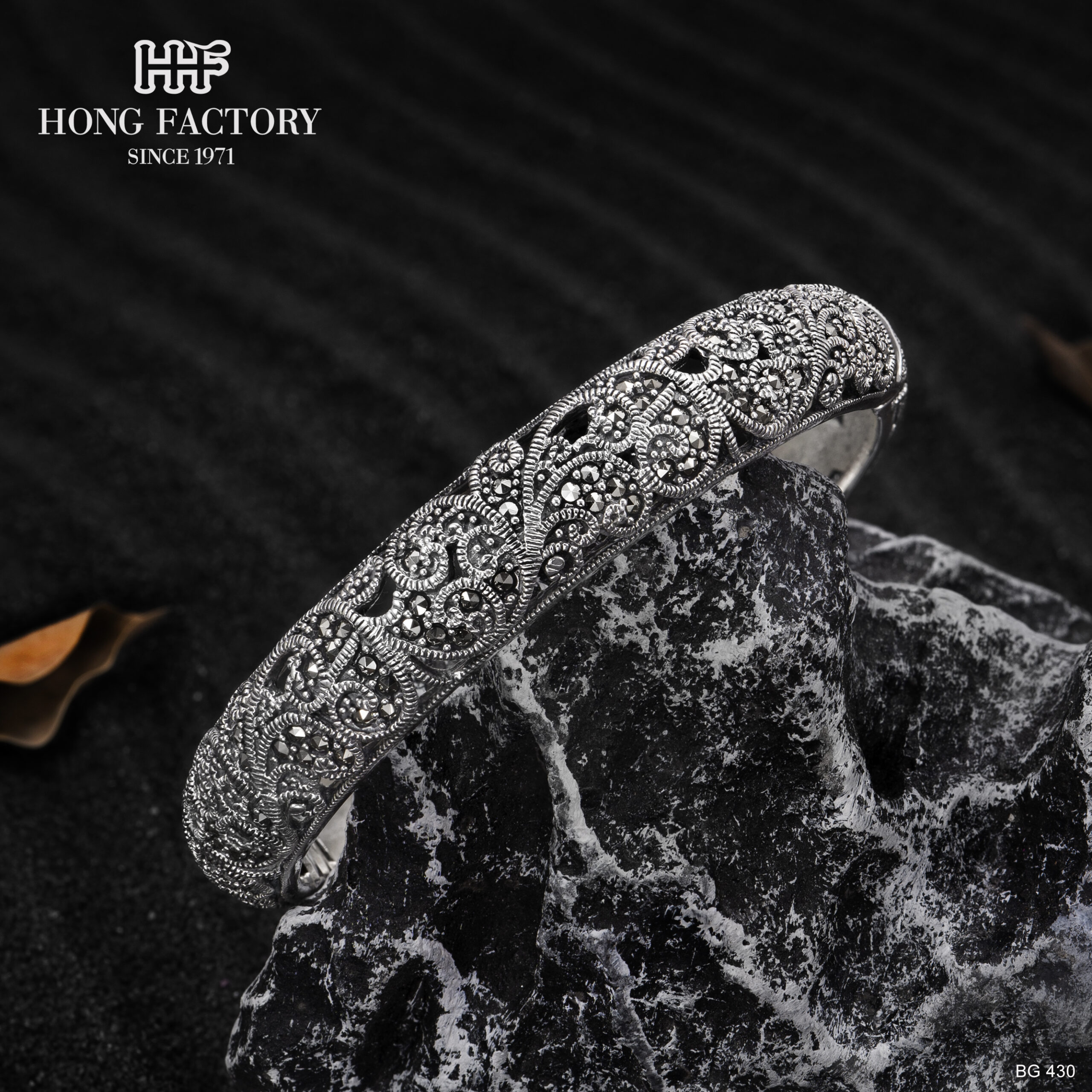
Jewelry in Ancient Civilizations
Jewelry dates back thousands of years, with some of the earliest examples found in ancient Egypt and Mesopotamia. Egyptians favored gold and precious stones, creating elaborate collars and amulets symbolizing protection and eternal life. Mesopotamians, on the other hand, crafted jewelry using natural motifs and gemstones, believing they carried spiritual significance. These ancient traditions continue to influence modern designs today.
Asian Jewelry Traditions
Asia has some of the richest jewelry traditions in the world. In India, jewelry is deeply tied to culture and religion. Gold bangles, nose rings, and elaborate necklaces are worn during festivals and weddings, symbolizing prosperity and good fortune.
In China, jade is treasured as a stone of purity and protection, often crafted into pendants, bracelets, and rings. Japanese jewelry traditions emphasize simplicity and delicate craftsmanship, often incorporating pearls and fine metalwork.
European Elegance
European jewelry has long been associated with refinement and luxury. During the Renaissance, jewelry became a symbol of wealth and power, with elaborate gemstone-studded crowns and brooches.
In more recent times, regions like France and Italy have become leaders in jewelry design, blending elegance with contemporary style. Scandinavian countries are known for minimalist silver jewelry that reflects clean lines and natural inspiration.
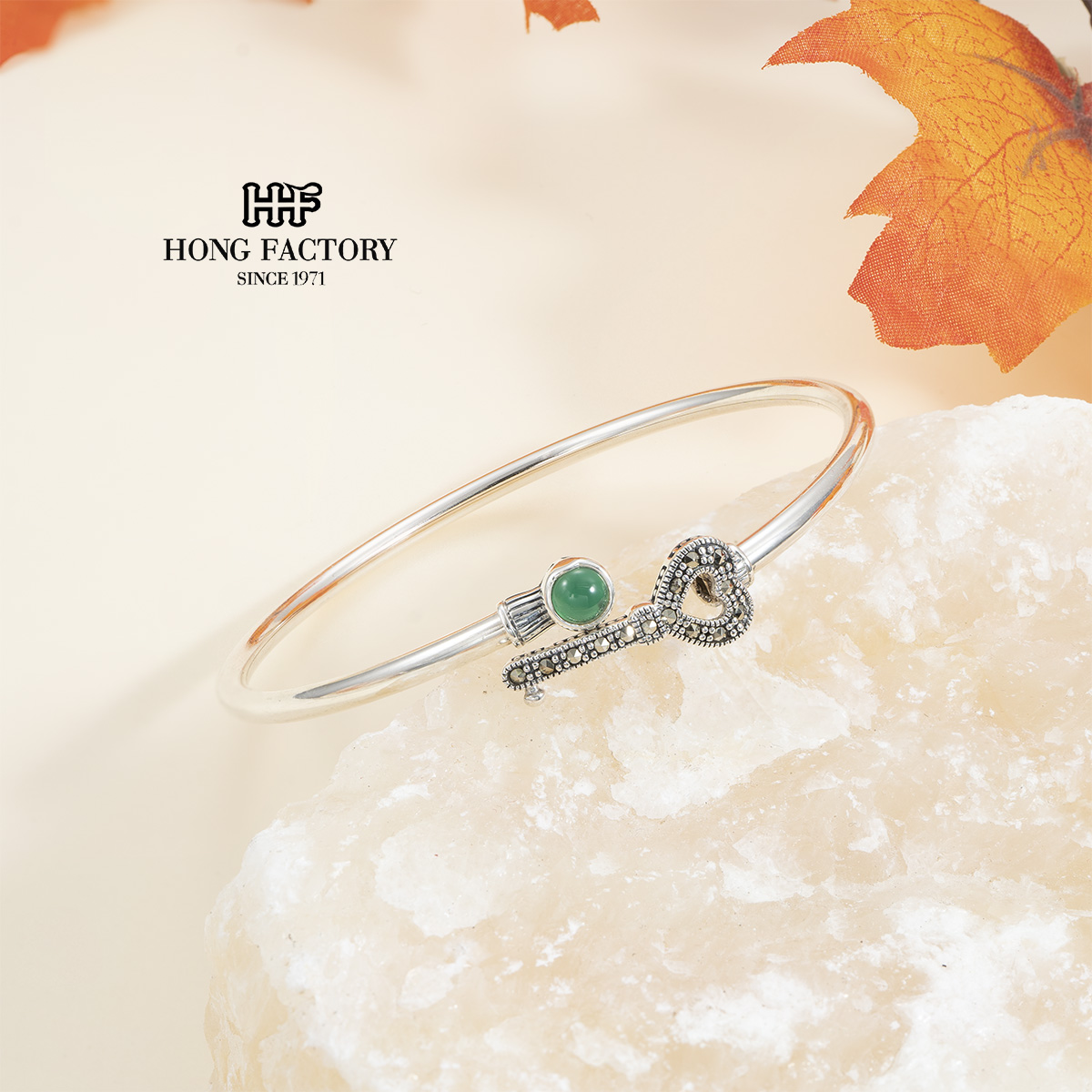
African Jewelry Styles
Africa’s jewelry traditions are as diverse as its many cultures. Beaded jewelry from the Maasai tribe in Kenya and Tanzania is famous for its vibrant colors and symbolic patterns, often used to communicate age, status, and marital status.
West African cultures have long valued gold jewelry, with designs featuring intricate patterns that represent heritage and royalty. Cowrie shells were also historically used as adornments and currency, highlighting jewelry’s functional and cultural role.
Middle Eastern Jewelry Heritage
The Middle East is renowned for its intricate gold and silver craftsmanship. Jewelry in this region often features filigree work, elaborate patterns, and precious gemstones.
In many Middle Eastern cultures, jewelry is not only a form of adornment but also a form of investment and wealth preservation. Traditional bridal jewelry often includes heavy gold sets, symbolizing security and prosperity.
Native American Jewelry Traditions
Native American jewelry is unique for its use of natural materials like turquoise, coral, and silver. The Navajo, Zuni, and Hopi tribes are especially known for their handcrafted silver jewelry adorned with turquoise stones. Each piece carries spiritual significance, often representing harmony, nature, and cultural identity. Today, these styles remain popular in both traditional and modern contexts..
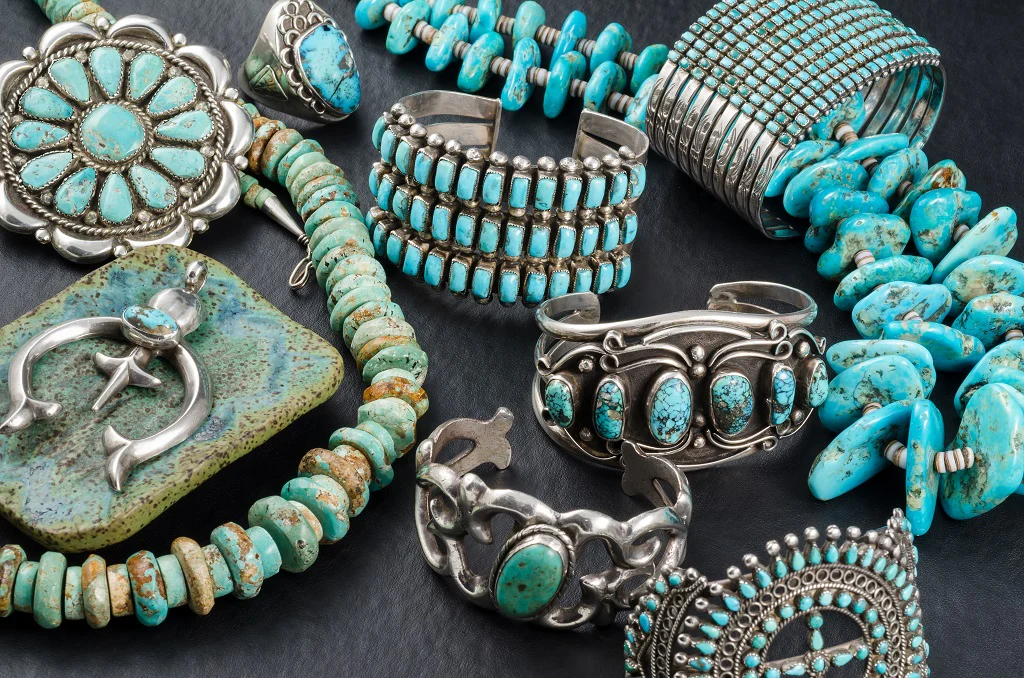
Jewelry Styles Across Cultures
Jewelry styles differ widely depending on culture, but they share common themes of symbolism, identity, and craftsmanship. While some cultures prioritize ornate and heavy gold designs, others emphasize simplicity and natural materials. These differences reflect values, geography, and history, making jewelry one of the most expressive cultural art forms.
Modern Fusion of Cultural Jewelry
Globalization has made cultural jewelry more accessible worldwide. Designers now blend traditional motifs with modern trends, creating fusion styles that appeal to global fashion markets. For example, Indian-inspired chokers may be paired with Western evening gowns, while African beaded necklaces are styled with minimalist outfits.
This fusion of cultural and modern elements allows jewelry to remain relevant in today’s fast-changing fashion industry. Jewelry styles across different cultures highlight the diversity of human creativity and tradition. From the symbolic gold of India to the minimalist silver of Scandinavia,
each culture contributes its own unique beauty to the world of adornment. These traditions not only preserve history but also inspire modern jewelry design. By embracing cultural diversity in jewelry, we celebrate both individuality and heritage, making jewelry a timeless expression of identity and artistry.
